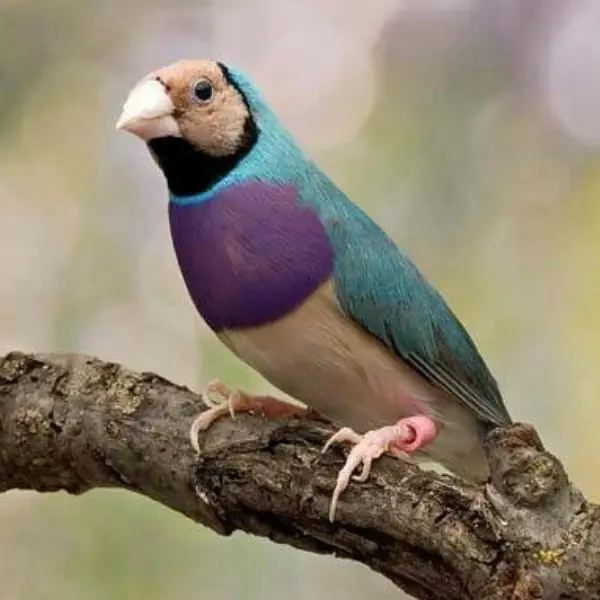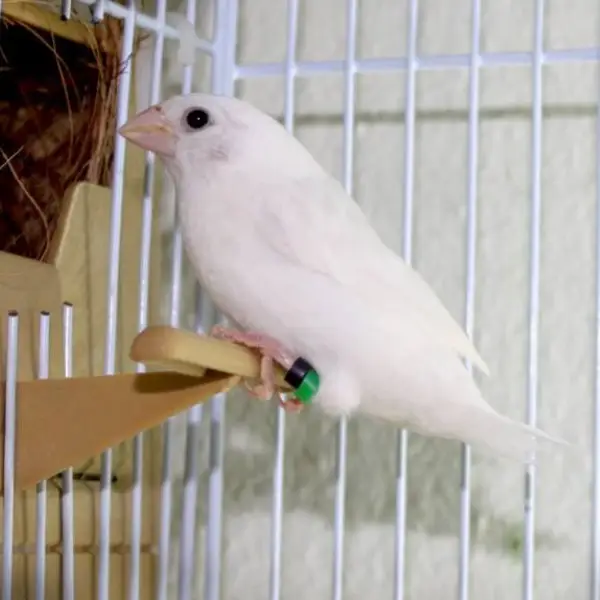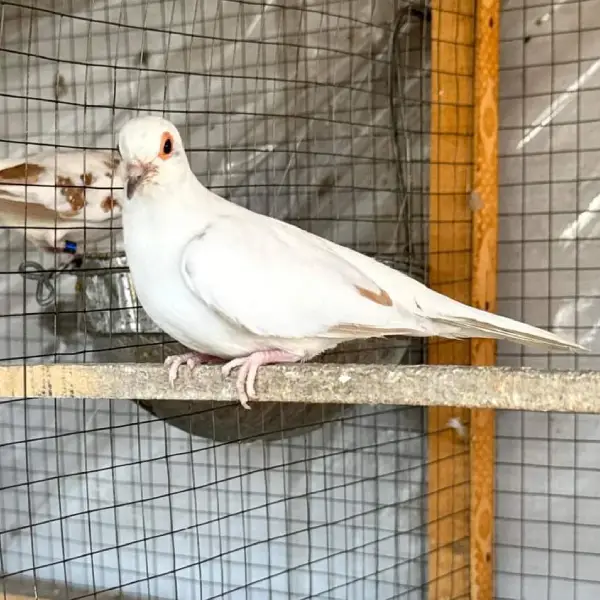Free shipping order over 20,000
Rosella
₨ 62,500 Original price was: ₨ 62,500.₨ 50,000Current price is: ₨ 50,000.
- Scientific Name:
Platycercus spp. (Various species including Platycercus elegans, Platycercus eximius, etc.)Size:
Typically range from 25 to 35 cm (10 to 14 inches) in length, depending on the species.Weight:
Around 80 to 150 grams (2.8 to 5.3 ounces).Color:
- Body: Rosellas have vibrant and varied coloration depending on the species. Common colors include bright red, green, blue, and yellow.
- Face and Throat: Often feature contrasting colors, such as red or yellow, which can vary by species.
- Wings and Tail: Typically show a mix of bright colors, including green, blue, and yellow, with some species having more pronounced color patterns.
Beak:
Short and strong, usually orange or red.Eyes:
Dark eyes with a distinct ring around them.Legs and Feet:
Grayish to brown, with zygodactyl toes for climbing.
Important Keys:
Habitat
Distribution:
Rosellas are native to eastern and southeastern Australia, including Tasmania. Some species also inhabit parts of New Guinea and the surrounding islands.
Environment:
They inhabit a range of environments including forests, woodlands, and open areas with scattered trees. In captivity, they need a spacious aviary or cage with plenty of room to fly and perch.
Diet
Primary Food:
In the wild, Rosellas feed on seeds, fruits, nuts, and berries. They also consume flowers and insects.
Captivity Diet:
In captivity, they should be provided with a varied diet including high-quality pellets, seeds, fresh fruits, and vegetables. They also benefit from occasional protein sources like boiled eggs.
Feeding Behavior:
Rosellas are active foragers. They use their strong beaks to crack seeds and enjoy exploring their environment for food.
Breeding
Breeding Season:
In the wild, breeding season typically occurs from September to January.
Nest Location:
They nest in tree hollows or occasionally in large, well-constructed nest boxes in captivity.
Egg Quantity:
A typical clutch consists of 4 to 6 eggs.
Incubation Period:
The incubation period lasts about 18 to 21 days.
Fledging:
Chicks fledge around 6 to 8 weeks after hatching.
Lifespan
In the Wild:
Rosellas can live around 10 to 15 years.
In Captivity:
With proper care, they can live up to 15 to 20 years.
Behavior
Temperament:
Rosellas are known for their lively and active nature. They are social birds that enjoy interacting with other birds and their human caregivers.
Social Interaction:
They thrive on interaction and can be very affectionate with their caregivers. They enjoy being handled and playing with toys.
Vocalization:
Rosellas have a range of vocalizations including chirps, whistles, and squawks. They are not as loud as some other parrots but are still quite vocal.
| color | blue, grey, green, violet, white, yellow |
|---|
Related Products
-
-30%
Gray Shaft Tail
₨ 20,000Original price was: ₨ 20,000.₨ 14,000Current price is: ₨ 14,000. -
-25%
Silver Gouldian Finch
₨ 24,000Original price was: ₨ 24,000.₨ 18,000Current price is: ₨ 18,000. -
-43%
Blue Gouldian Finch
₨ 35,000Original price was: ₨ 35,000.₨ 20,000Current price is: ₨ 20,000. -
-25%
Common Cut-throat
₨ 24,000Original price was: ₨ 24,000.₨ 18,000Current price is: ₨ 18,000. -
-8%
Albino Cut-throat Finch
₨ 65,000Original price was: ₨ 65,000.₨ 60,000Current price is: ₨ 60,000. -
-19%
White Bengalese
₨ 1,850Original price was: ₨ 1,850.₨ 1,500Current price is: ₨ 1,500. -
-21%
Euro Bengalese
₨ 3,800Original price was: ₨ 3,800.₨ 3,000Current price is: ₨ 3,000. -
-40%
Red Pied Dove
₨ 10,000Original price was: ₨ 10,000.₨ 6,000Current price is: ₨ 6,000.
Sign Up for Exclusive Birds Care Tips and Offers from Phool Panchi
© 2024 Phool Panchi | Developed By v3Studio














Reviews
There are no reviews yet.